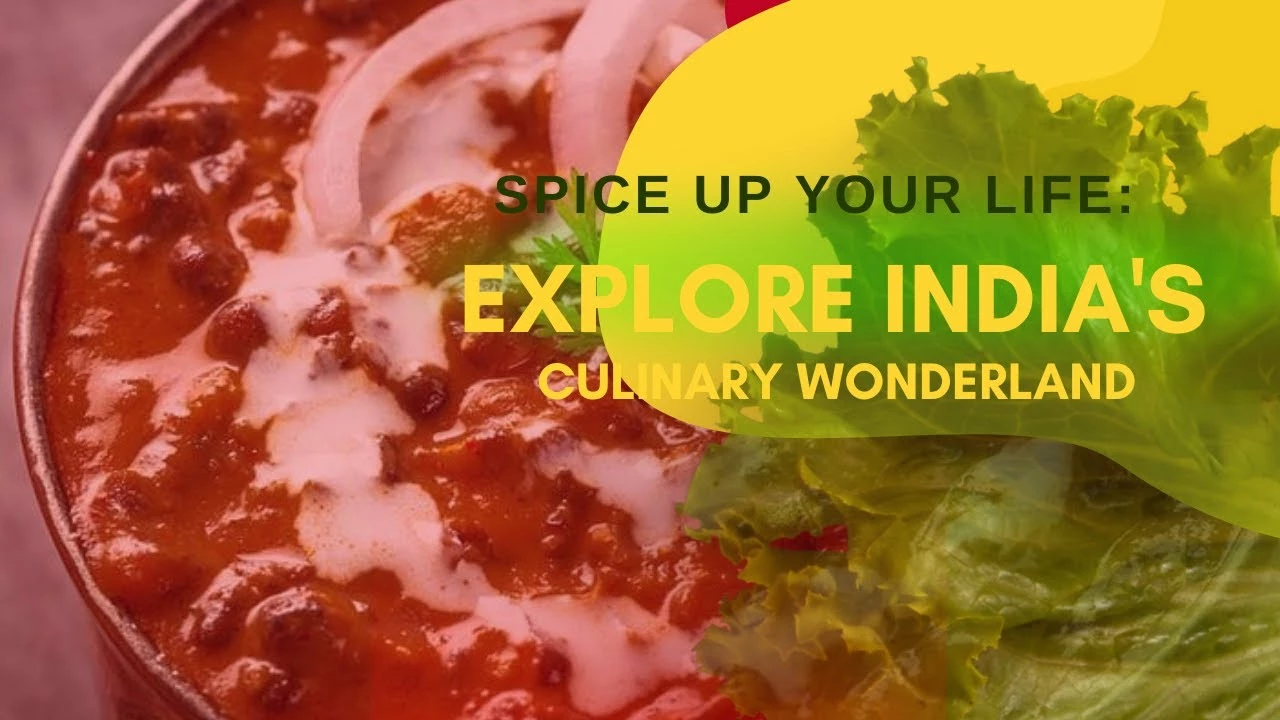Exploring the Richness of Indian Cuisine
Indian cuisine is a rich tapestry of flavors that has evolved over thousands of years, influenced by various cultures, traditions, and religions. The diversity of Indian cuisine is staggering, with each state and even each household having its own unique dishes. Whether it's the spicy curries of the north, the tangy sambar of the south, the sweet desserts of the east, or the robust flavors of the west, Indian food offers something for every palate. The variety of ingredients, cooking techniques, and flavors used in Indian cuisine is mind-boggling. It's like an endless culinary journey where there's always something new to discover and savor.
The Magic of Spices
Spices are the heart and soul of Indian cuisine. They not only add flavor and aroma to the dishes but also have numerous health benefits. Turmeric, cumin, coriander, fenugreek, mustard seeds, cardamom, cloves, cinnamon, and many more spices are used regularly in Indian kitchens. The magic of Indian food lies in the way these spices are combined. Each dish has a distinct flavor profile because of the unique blend of spices used. The spices are often roasted and ground into a powder, known as masala, which is used to flavor the dishes. The art of blending spices is a skill that is passed down through generations in India.
Health Benefits of Indian Food
Indian food is not just delicious; it also has numerous health benefits. Many of the spices used in Indian cuisine have medicinal properties. For example, turmeric is known for its anti-inflammatory and antioxidant properties, while cumin aids in digestion. Indian food is also rich in fiber and low in saturated fat, making it a healthy choice. Many Indian dishes are made with lentils and pulses, which are a great source of protein and fiber. The use of fresh vegetables and fruits in Indian cuisine also ensures that you get a good dose of vitamins and minerals with every meal.
The Art of Indian Bread Making
Indian bread, known as roti or naan, is a staple in Indian meals. It's made from whole wheat flour and is usually cooked on a flat griddle or tandoor. Making Indian bread is an art in itself. The dough is kneaded until it's just right, then rolled out into thin circles or ovals. The bread is then cooked until it's lightly browned and puffed up. The result is a delicious, soft bread that's perfect for scooping up curry or dhal. There are also many different types of Indian bread, such as puri, paratha, and dosa, each with its own unique flavor and texture.
Indian Food and Community
Food plays a central role in Indian culture and community. Meals are often a time for family and friends to come together and share stories and laughter. Cooking and eating together is a way to connect with each other and create lasting memories. Indian festivals also revolve around food. Each festival has its own special dishes that are prepared and shared with loved ones. In many ways, Indian food is a celebration of life, community, and togetherness.
Savoring the Sweetness of Indian Desserts
No Indian meal is complete without a sweet treat. Indian desserts are a delicious blend of flavors and textures. From rich, creamy kheer to crispy, sweet jalebis, Indian desserts are truly a delight for the senses. Many Indian desserts are made with milk, sugar, and a variety of nuts and spices. They are often garnished with saffron or silver leaf for an extra touch of luxury. Indian desserts are not just delicious; they are also a visual feast, with their vibrant colors and intricate designs.
The Joy of Indian Street Food
Indian street food is a culinary adventure in itself. From the bustling streets of Mumbai to the narrow lanes of Old Delhi, Indian street food offers a sensory overload of flavors, smells, and textures. Whether it's the spicy pani puri, the tangy bhel puri, the flavorful pav bhaji, or the sweet kulfi, Indian street food has something for everyone. It's a great way to experience the local culture and cuisine. Plus, it's incredibly delicious!
